Last updated on
Discover the benefits and drawbacks of using dolomite for your kitchen countertops in this comprehensive guide.
If you’re planning to renovate your kitchen, one of the most important decisions you’ll have to make is choosing the right countertop material. With so many options available in the market, it can be overwhelming to decide which one will suit your needs and budget.
In recent years, dolomite has emerged as a popular choice for kitchen countertops due to its unique properties and aesthetic appeal. But is dolomite good for kitchen countertops? In this article, we’ll explore everything you need to know about this natural stone and help you make an informed decision for your home renovation project.
What's Inside
Formation and Composition
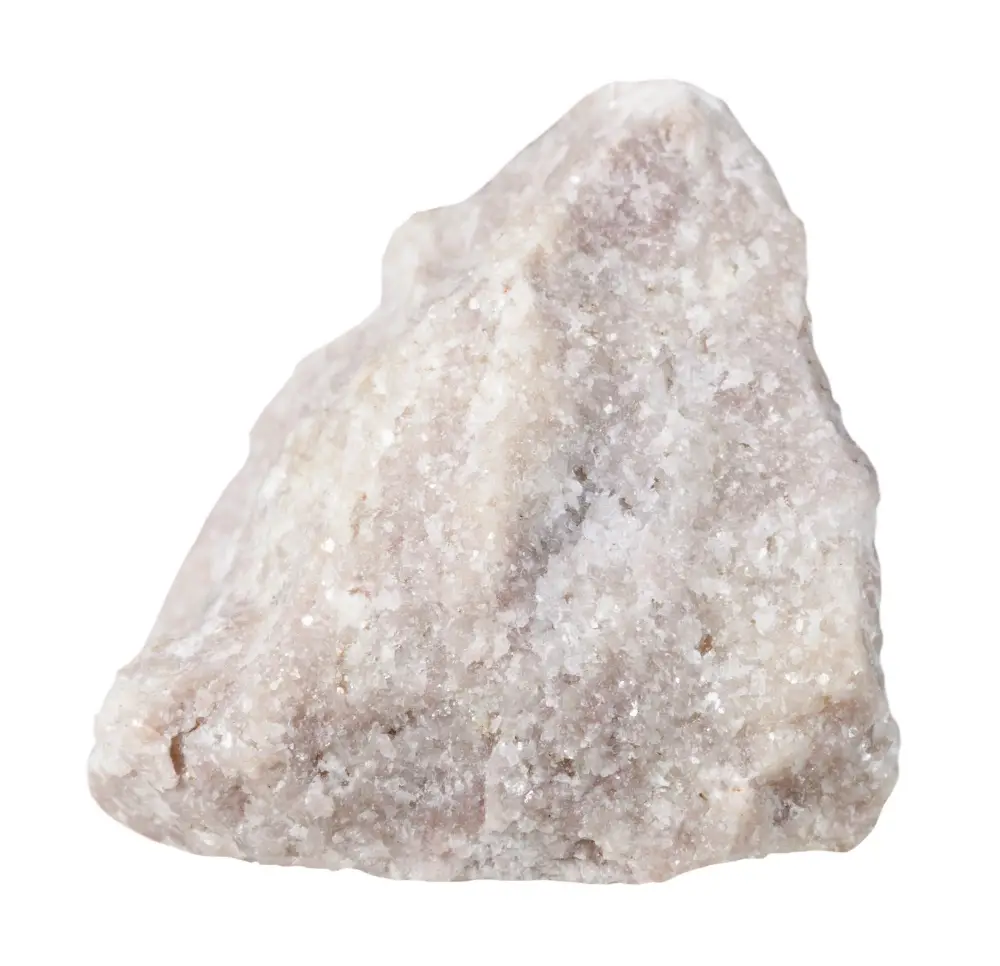
It was first described by French geologist Déodat Gratet de Dolomieu in 1791 and named after him. The mineral composition of dolomite is calcium magnesium carbonate (CaMg(CO3)2), which means it contains both calcium and magnesium ions, making it a double carbonate.
The formation process involves the replacement of some calcium ions in limestone with magnesium ions over time due to pressure, heat, and chemical reactions. This results in a denser rock with unique properties such as increased hardness, durability, and resistance to weathering.
Dolomite can be found all around the world but is most commonly mined from quarries located in Italy, Spain, China, Mexico,and Brazil among other countries. Its availability makes it an attractive option for homeowners looking for something different than traditional countertop materials like granite or marble.
Dolomite Vs. Quartz Vs. Granite Vs. Marble
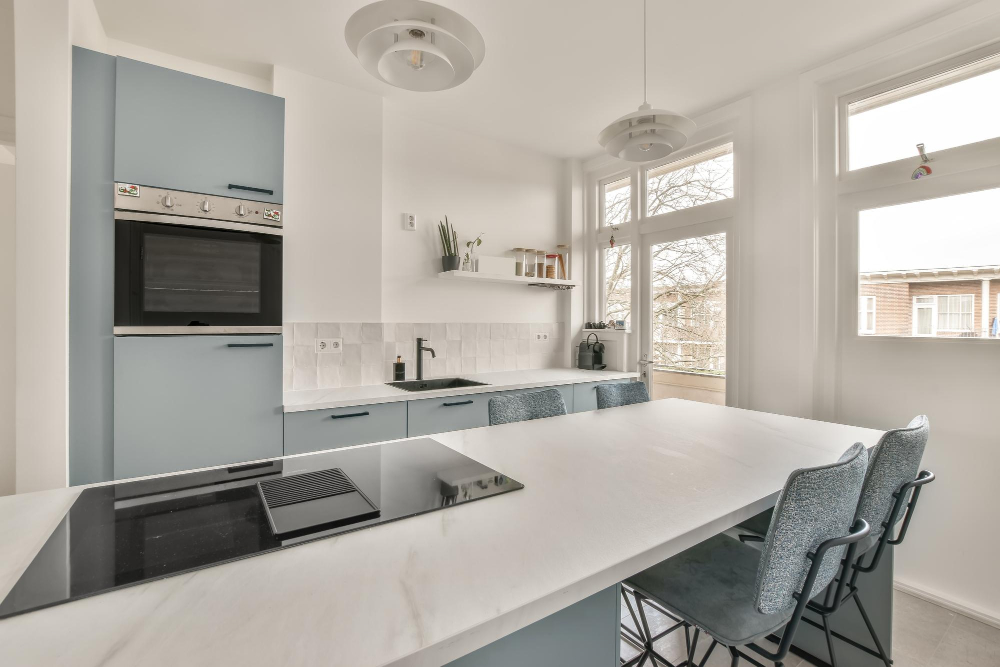
Dolomite is often compared with other natural stones like quartz, granite, and marble. Each of these materials has its unique properties that make them suitable for different applications.
Quartz is a man-made material that offers excellent durability and resistance against scratches and stains. It’s also available in a wide range of colors and patterns.
Granite is another natural stone that’s known for its strength and heat resistance. It requires regular sealing but can last for decades if maintained properly.
Marble has been used as a countertop material for centuries due to its timeless beauty. However, it’s not the most practical choice since it can easily scratch or stain if not sealed regularly.
Compared to these options, dolomite falls somewhere in between when it comes to durability but stands out with its unique aesthetic appeal thanks to the presence of magnesium in the stone which gives off an elegant white hue with grey veining throughout.
Dolomite Aesthetics
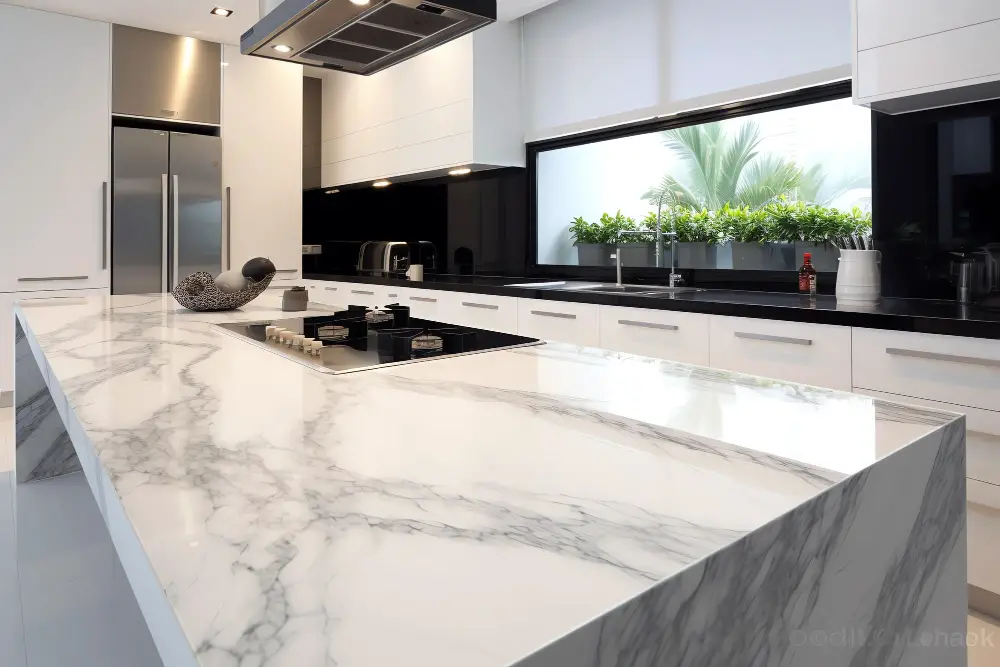
It features a white or light gray background with distinct veining patterns in shades of gray and brown. The veins are often irregular, giving the stone a one-of-a-kind appearance that can add character to any kitchen design.
One of the most significant advantages of dolomite is its ability to mimic marble’s look without the high cost associated with it. Dolomite has become increasingly popular as homeowners seek affordable alternatives to expensive materials like marble while still achieving similar aesthetics.
However, it’s worth noting that dolomite may not be suitable for those who prefer uniformity in their countertop designs since each slab varies from another due to its natural formation process.
Strength and Durability
It has a hardness rating of 3.5 to 4 on the Mohs scale, which makes it harder than most types of marble but softer than granite or quartz. While dolomite may not be as scratch-resistant as granite or quartz, it still holds up well against scratches from knives and other sharp objects.
One thing to keep in mind is that dolomite is more prone to chipping than some other countertop materials due to its composition. However, this can be prevented by taking proper care when using heavy pots or pans on the surface.
Heat Resistance

After all, your countertops will be exposed to hot pots and pans on a regular basis, and you don’t want them getting damaged or discolored over time.
Dolomite is known for its excellent heat resistance properties. It can handle temperatures up to 150 degrees Celsius without cracking or discoloring, making it an ideal choice for busy kitchens where cooking is frequent.
However, it’s worth noting that while dolomite can withstand heat well in general use cases like placing hot dishes on top of it; prolonged exposure may cause damage. Therefore we recommend using trivets or pot holders under extremely hot items such as crockpots straight from the oven.
Stain Resistance
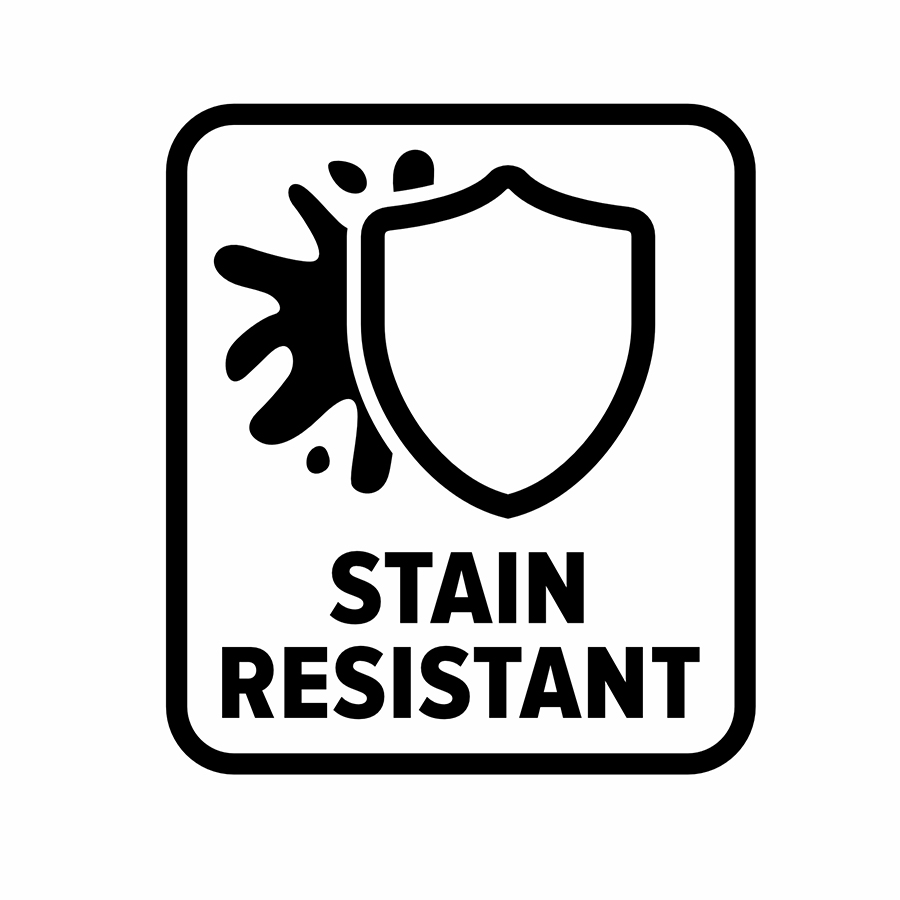
After all, spills and splatters are inevitable in a busy kitchen, and you don’t want your countertop to be ruined by a simple accident. Fortunately, dolomite is known for its excellent stain resistance properties.
This natural stone has low porosity levels which means that liquids cannot easily penetrate its surface.
However, it’s important to note that while dolomite can resist most common household stains such as coffee or wine spills if left unattended for an extended period of time they may cause discoloration on the surface. Therefore it’s essential always to clean up any spillages immediately with mild soap and water.
Scratching and Chipping
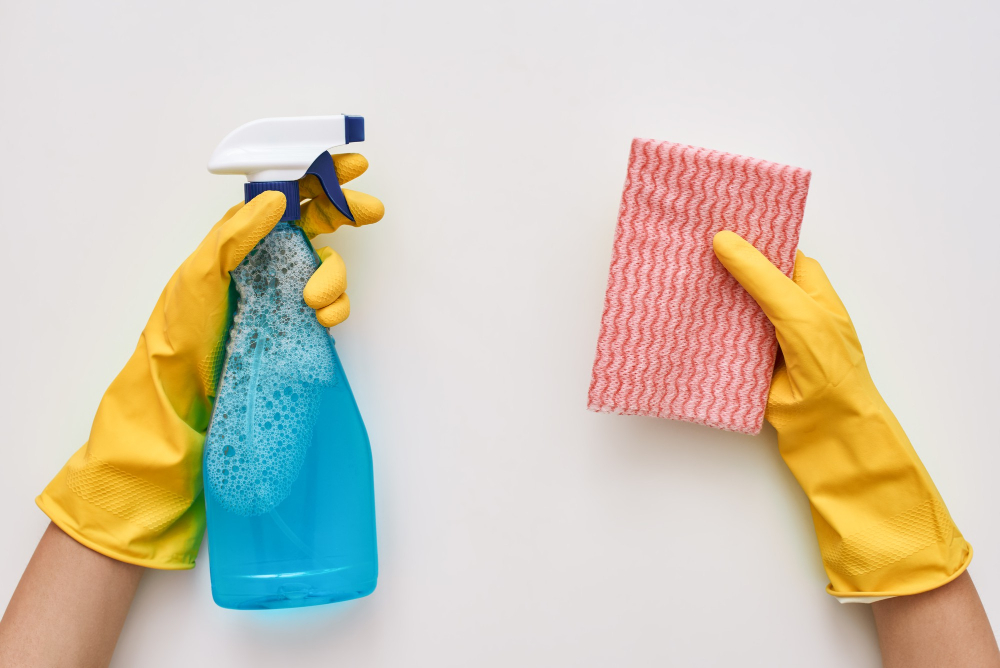
While dolomite is a durable stone, it is not as hard as granite or quartz, which means it can be more prone to scratches and chips. However, with proper care and maintenance, you can minimize the risk of damage to your dolomite countertops.
To prevent scratching on your dolomite counters, avoid using abrasive cleaners or scrubbers that could scratch the surface. Instead, use a soft cloth or sponge with mild soap and warm water to clean spills promptly.
Chips in dolomite countertops may occur due to heavy impact from sharp objects such as knives or pots. To avoid this type of damage altogether consider using cutting boards when preparing food on your countertop surfaces.
Maintenance and Care
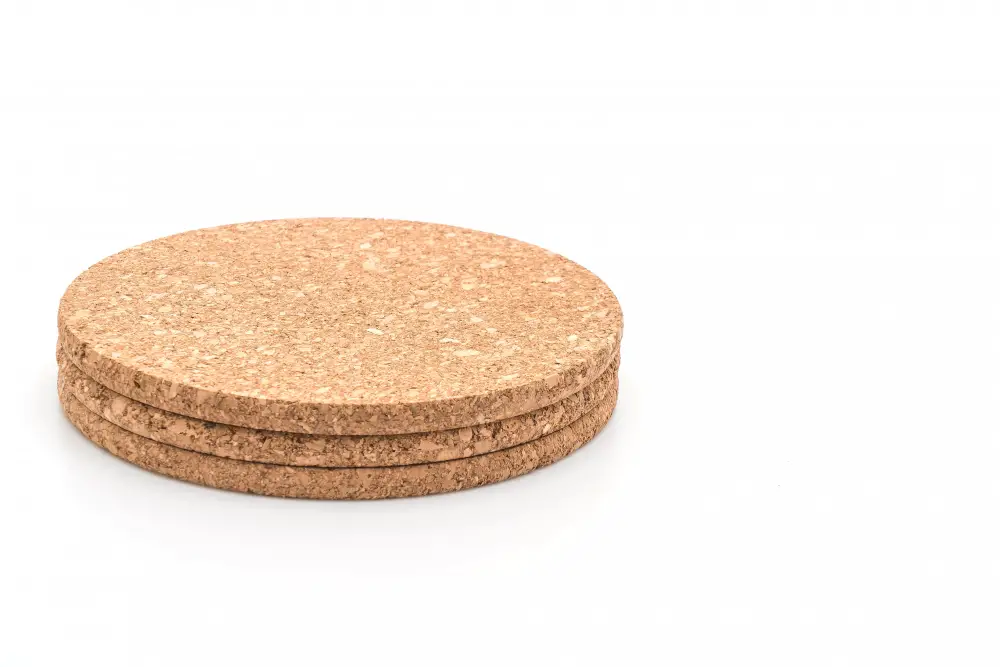
To prevent scratches and stains, avoid placing hot pots or pans directly on the surface of your dolomite countertops. Instead, use trivets or heat-resistant pads to protect the stone from damage.
To clean your dolomite counters, use a mild soap solution and warm water. Avoid using abrasive cleaners or scrubbers that can scratch the surface of the stone.
Wipe up spills as soon as possible to prevent staining.
It’s also important to seal your dolomite countertops regularly with a high-quality sealer designed for natural stones like marble and granite. This will help protect against stains and etching caused by acidic substances like lemon juice or vinegar.
How Often to Seal Dolomite Countertops
Sealing creates an invisible barrier that repels liquids and prevents them from penetrating the surface of your countertop. The frequency of sealing depends on several factors such as usage, exposure to heat or moisture, and the type of sealant used.
As a general rule, dolomite countertops should be sealed at least once every year or two years depending on how often they are used. However, if you cook frequently or have young children who spill drinks often then you may need to seal more frequently.
To determine whether your dolomite countertop needs resealing simply perform a water test by placing droplets of water onto the surface in various locations around your kitchen counter. If after 15 minutes there is no change in coloration then it’s still well-sealed; however if there are dark spots where liquid has been absorbed into the stone then it’s time for resealing.
It’s important not to overdo with sealer application as this can cause buildup leading to discoloration over time instead follow manufacturer instructions carefully when applying sealer for best results.
How to Clean Dolomite Counters
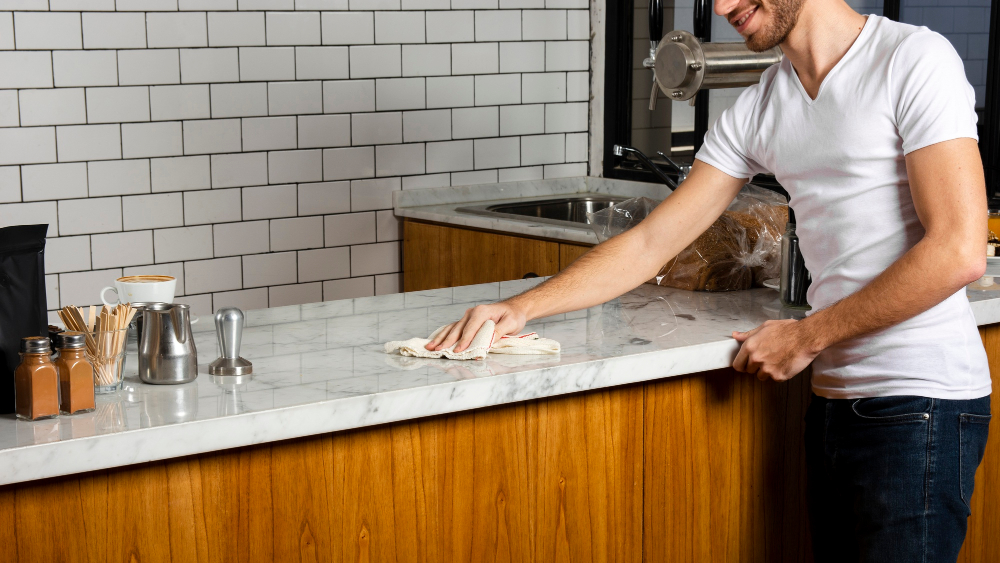
Avoid using harsh chemicals or abrasive cleaners that can damage the surface of your countertop. Instead, opt for a mild soap solution or a specialized stone cleaner that is safe for dolomite.
To clean your dolomite counters, start by wiping down the surface with warm water and a soft cloth or sponge. If there are any spills or stains on the counter, use a gentle cleanser specifically designed for natural stone surfaces.
Avoid leaving acidic substances like lemon juice, vinegar, wine or tomato sauce on your countertop as they can etch into its surface over time if not cleaned up promptly.
It’s also essential to dry off any excess moisture from your countertops after cleaning them thoroughly since standing water may cause staining in some cases.
Eco-Friendliness

While dolomite is a natural stone that doesn’t require any synthetic materials or chemicals to produce, it’s still a non-renewable resource that requires significant energy to extract from quarries. The transportation of this heavy material can contribute to carbon emissions.
On top of that, some types of dolomite may contain trace amounts of harmful minerals like lead and asbestos which could pose health risks if inhaled during installation or maintenance.
However, if you’re set on using natural stone for your kitchen countertop but want something more environmentally friendly than traditional options like granite or marble – there are alternatives available such as recycled glass countertops made from post-consumer waste products. These surfaces offer similar durability and aesthetic appeal while being much more sustainable.
Cost and Installation

The price can vary depending on factors such as the thickness of the slab, color variations, and customization options. On average, you can expect to pay between $60-$100 per square foot for a dolomite countertop installation.
Installation of dolomite countertops should be done by professionals who have experience working with this type of stone. The process involves measuring your kitchen space accurately and cutting the slabs precisely to fit your cabinets’ dimensions.
Once cut correctly, they are then polished before being installed onto your cabinets.
It’s important to note that while installation costs may seem high initially; investing in professional installation will ensure that you get a quality finish that lasts for years without any issues or damage caused by improper handling during DIY installations.
Customization Options
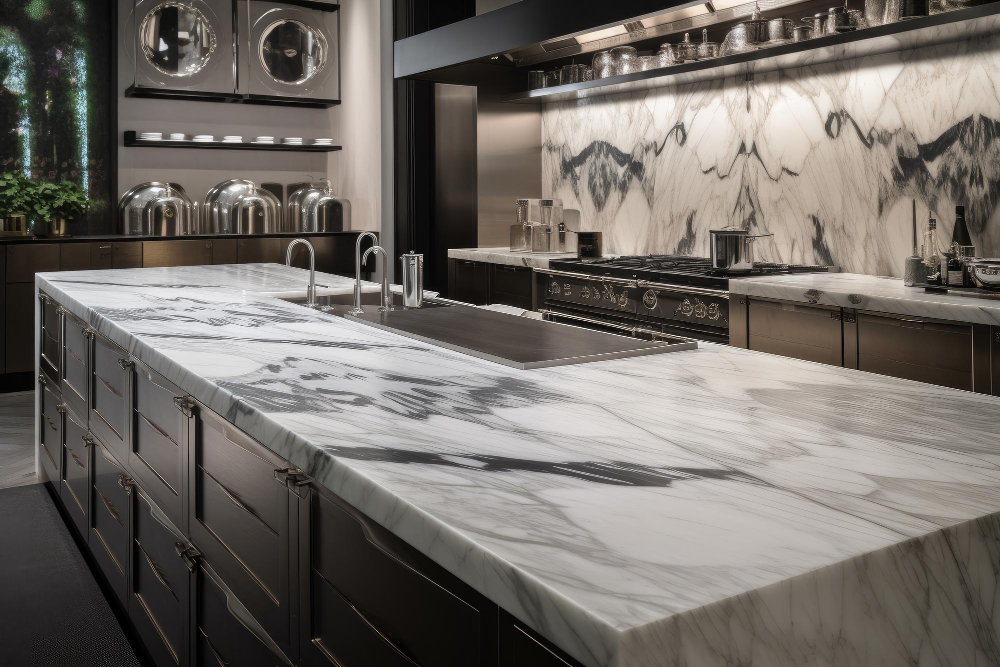
Dolomite can be cut and shaped into a variety of sizes, shapes, and edge profiles to fit any kitchen design or style. Whether you prefer a sleek modern look or a more traditional aesthetic, dolomite countertops can be customized to suit your preferences.
In addition to shape and size options, there are also several finishes available for dolomite countertops. A honed finish gives the stone a matte appearance while polished finishes offer an elegant shine that highlights the natural beauty of the stone’s veining patterns.
Another way you can customize your dolomite countertop is by choosing from different color variations such as white with grey veins or beige with brown veins. You may even find some slabs that have unique patterns like swirls or speckles which add character and charm.
Advantages of Dolomite
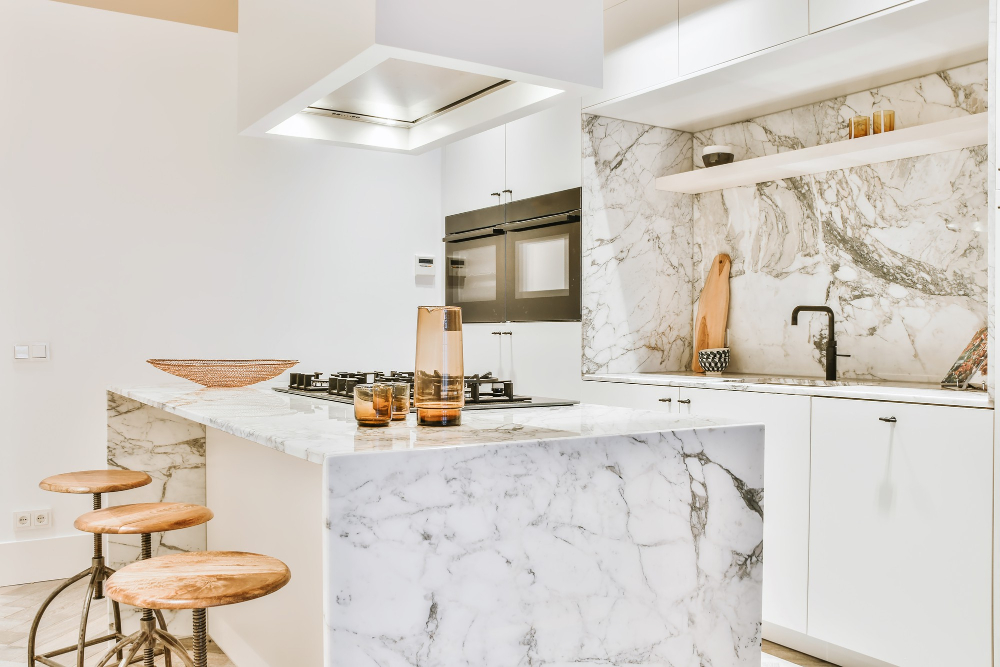
One of the most significant benefits is its unique aesthetic appeal. Dolomite’s natural beauty and veining patterns give it an elegant, sophisticated look that can enhance any kitchen design.
Another advantage of dolomite is its strength and durability. It’s a hard stone that can withstand heavy use without cracking or chipping easily, making it ideal for high-traffic areas like kitchens.
Dolomite also has excellent heat resistance properties, which means you don’t have to worry about placing hot pots or pans directly on the countertop surface. Dolomite is resistant to stains caused by acidic substances like lemon juice or vinegar.
Maintenance-wise, dolomites are relatively easy to clean with mild soap and water regularly. They require minimal maintenance compared to other natural stones such as marble or granite since they do not need sealing as often.
Lastly but not least important; eco-friendliness! Dolomites are environmentally friendly because they’re made from naturally occurring minerals found in nature rather than synthetic materials produced through industrial processes.
Disadvantages of Dolomite
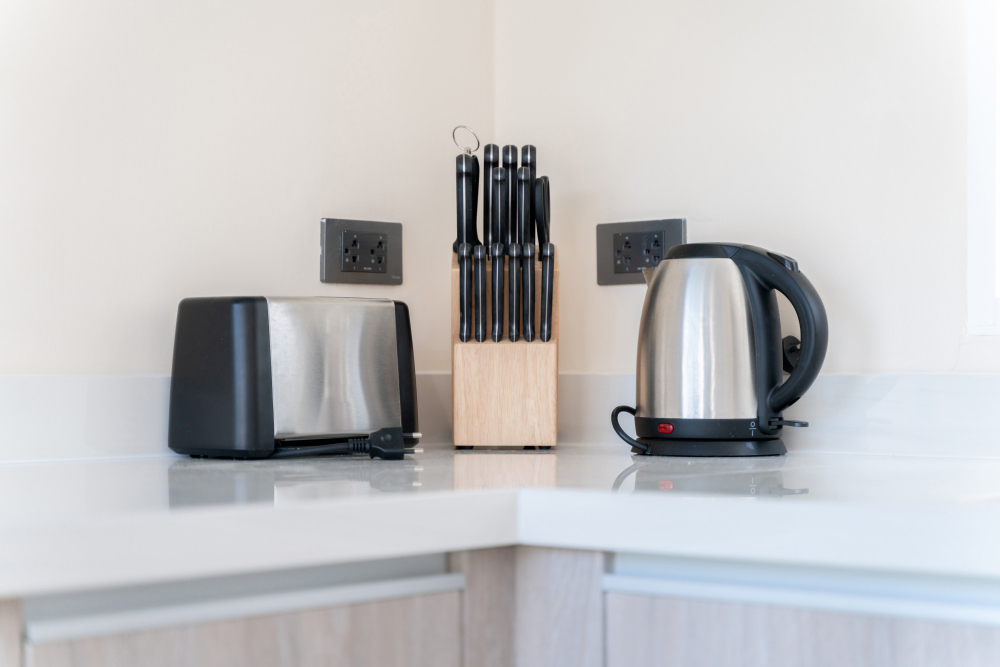
One of the biggest drawbacks of using dolomite for kitchen countertops is that it can be prone to scratching and chipping. This means that you’ll need to be careful when handling heavy objects or sharp utensils on your countertop surface.
Another disadvantage is that dolomite requires regular maintenance and care in order to keep its appearance intact. It’s recommended that you seal your countertops at least once a year, which can add an extra cost and time commitment.
While dolomite is heat-resistant, extreme temperature changes can cause cracking or damage over time. This means you should avoid placing hot pots or pans directly on the surface without protection.
Compared with other natural stone options like granite or quartzite, Dolomites are relatively soft stones which makes them more susceptible to etching from acidic substances such as lemon juice and vinegar if not cleaned up immediately after contact with these substances.
Alternatives to Consider
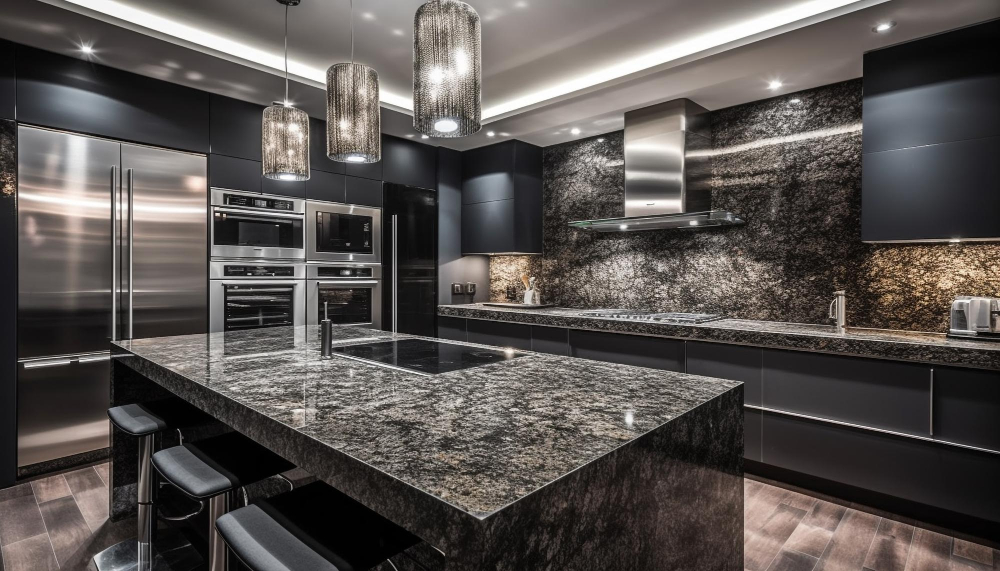
If you’re considering other options for your kitchen countertops, here are some alternatives to consider:
1. Quartz: This engineered stone is highly durable and resistant to scratches and stains.
It’s also available in a wide range of colors and patterns.
2. Granite: A natural stone that offers excellent heat resistance and durability, granite is a popular choice for high-end kitchens.
3. Marble: Known for its timeless beauty, marble adds elegance to any kitchen design but requires regular maintenance due to its porous nature.
4. Concrete: A versatile material that can be customized with different finishes or pigments according to your preferences.
5. Butcher Block: Made from wood strips glued together into thick slabs, butcher block counters offer warmth and character while requiring regular oiling or sealing.
Choosing the Right Countertop

While dolomite has its unique advantages and disadvantages, it may not be the best fit for everyone. Here are some key points to keep in mind when making your decision:
1. Budget: Dolomite is a relatively expensive material compared to other options like laminate or tile.
2. Lifestyle: If you have a busy household with kids or pets, durability should be one of your top priorities.
3. Aesthetics: Do you prefer a natural stone look or something more modern? Dolomite has its own distinct veining patterns that can add character and charm to any kitchen design.
4. Maintenance: Are you willing to put in extra effort into maintaining your countertops? Some materials require regular sealing and cleaning while others do not.
5.Installation process- The installation process of dolomite requires professional help which adds up additional cost.
Dolomite Countertop Examples
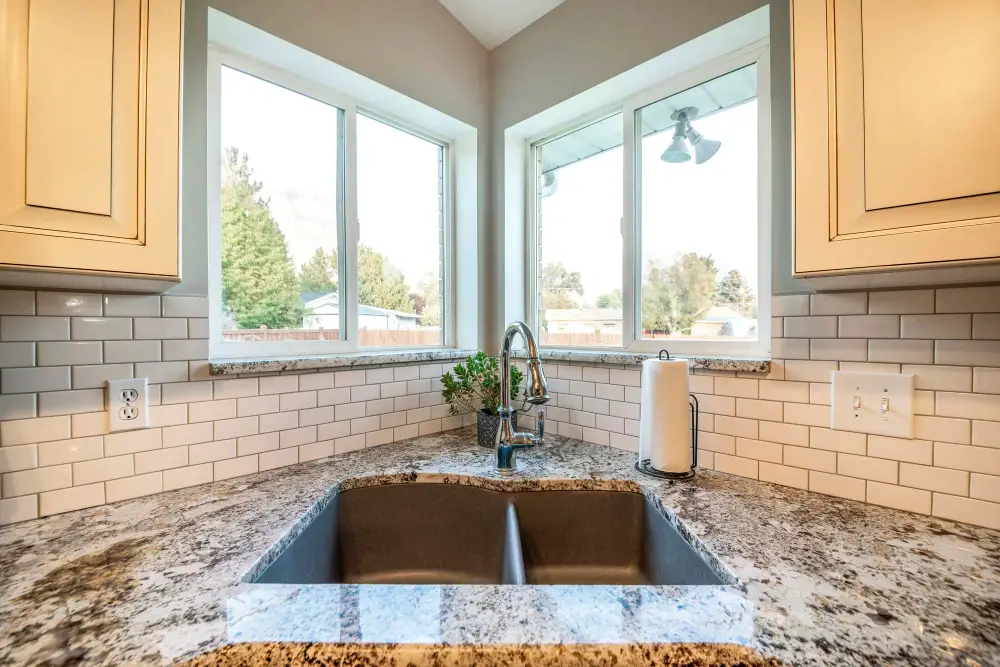
The unique veining patterns and color variations in dolomite make each countertop one-of-a-kind, adding character and charm to any space. Dolomite is available in various shades of white, gray, beige, pink, green or black that can complement any kitchen design style from traditional to modern.
One example of how dolomite can be used effectively is by pairing it with dark cabinetry for an eye-catching contrast. Another option is using it as an accent piece on the island while keeping the rest of the counters neutral-colored quartz or granite.
If you’re looking for inspiration on how you could incorporate dolomite into your own home renovation project take some time browsing through online galleries or visiting showrooms where they have samples displayed so that you can see them up close before making your final decision.
FAQ
Can dolomite be used in a kitchen?
Yes, dolomite can be used in a kitchen, but it may not deliver the same performance as harder stones like quartzite and granite.
Which is better dolomite or quartz?
Dolomite is better for heat resistance while quartz is more resistant to scratches and stains.
Does dolomite countertop stain?
Yes, dolomite countertops can stain from substances like beetroot, red wine, and certain herbs and spices, but regular cleaning and resealing can help maintain their appearance.
How does the durability of dolomite compare to other countertop materials?
Durability comparison: Dolomite is more durable than marble but less durable than granite and quartz for countertops.
What are the maintenance requirements for dolomite countertops?
Dolomite countertops require regular sealing, gentle cleaning with mild soap and water, and immediate clean-up of spills to maintain their appearance and durability.
How does the cost of dolomite countertops compare to other popular countertop materials?
Dolomite countertops are moderately priced compared to other popular countertop materials, offering a more cost-effective alternative to marble and granite while being more expensive than laminate.





